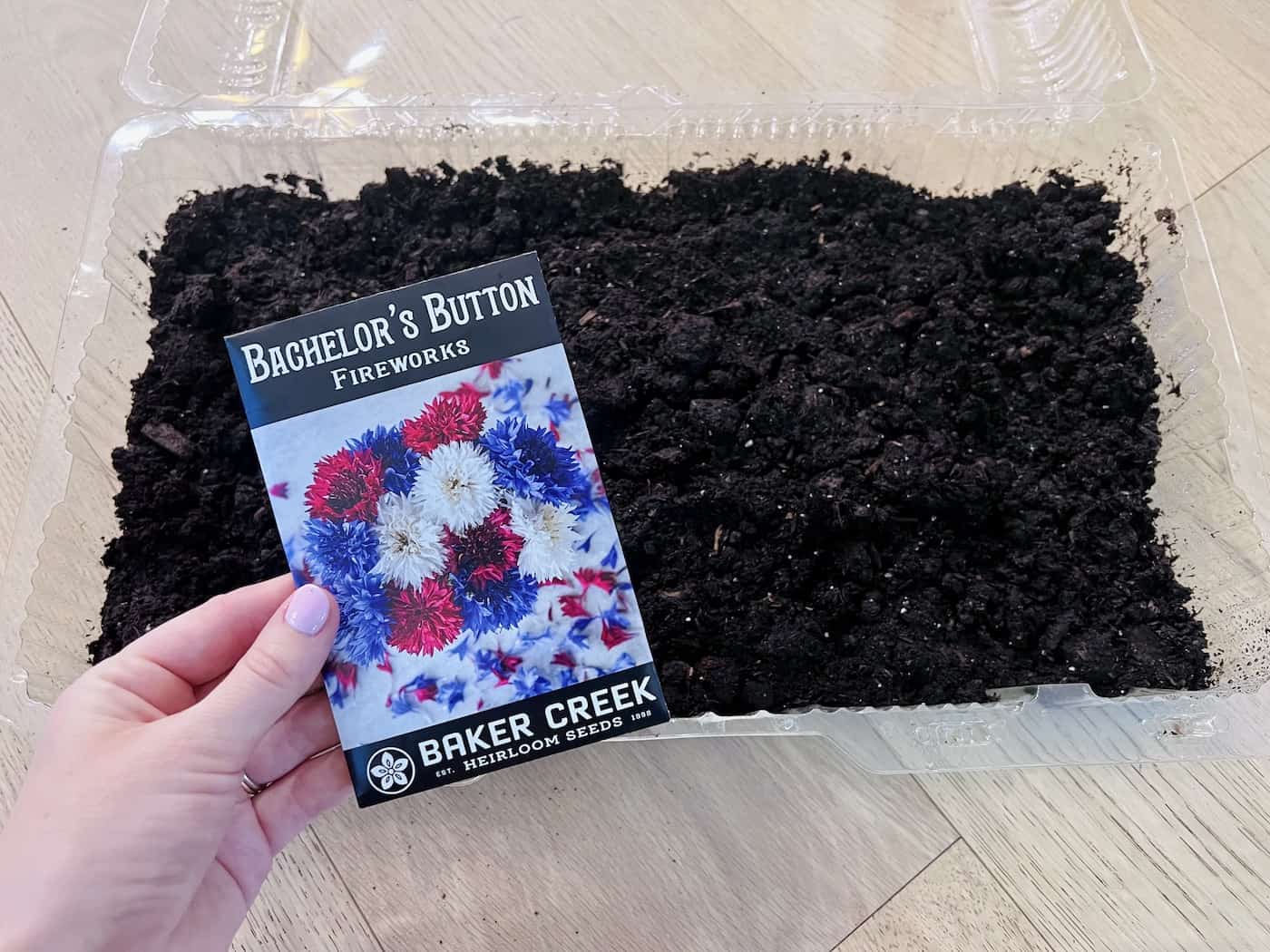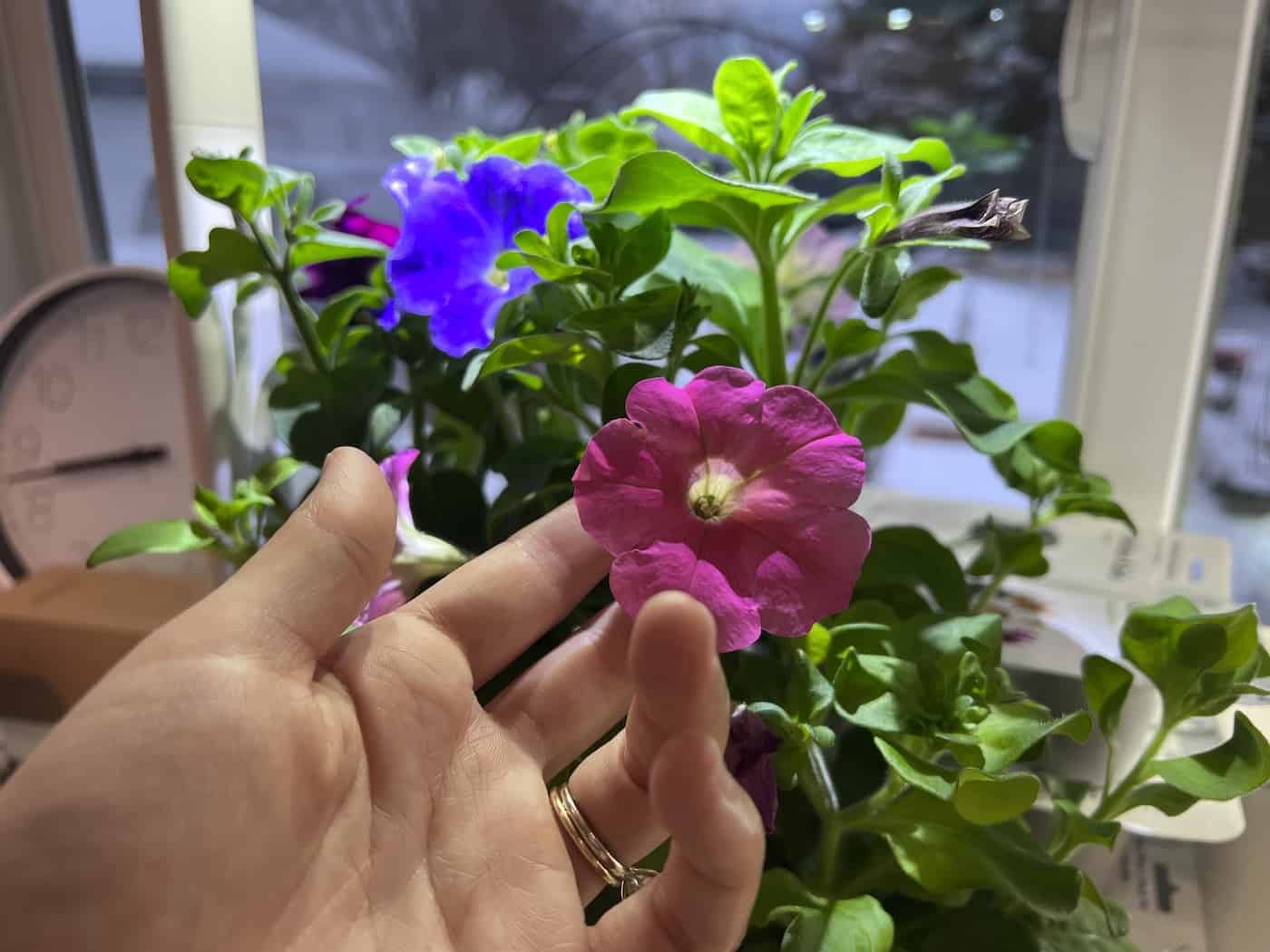Embark on a horticultural adventure with “Plant Seeds in January,” where we uncover the secrets to a thriving garden by exploring the benefits, techniques, and seed selection strategies that will transform your gardening journey. Join us as we sow the seeds of success and reap a bountiful harvest.
In January, as the days gradually lengthen and the soil awakens from its winter slumber, it’s an opportune time to sow seeds for a vibrant and flourishing garden. Discover the advantages of planting seeds in January compared to other months, along with specific plant recommendations that thrive in these conditions. Delve into the optimal soil conditions and temperature requirements for successful seed germination, setting the stage for a thriving start.
Benefits of Planting Seeds in January

Planting seeds in January offers several advantages compared to other months. By starting early, you can extend the growing season, maximize plant growth, and increase your chances of a successful harvest.
Optimal Soil Conditions
In January, the soil is typically moist and cool, providing ideal conditions for seed germination. The cool temperatures prevent seeds from germinating too quickly, giving them time to develop strong roots before the warmer weather arrives.
Temperature Requirements
Many plants thrive when sown in January, including cool-season vegetables such as broccoli, cauliflower, and lettuce. These plants prefer temperatures between 40-65°F (4-18°C) for optimal germination and growth.
Examples of Plants to Sow in January
- Broccoli
- Cauliflower
- Lettuce
- Kale
- Spinach
Choosing the Right Seeds for January Planting

Starting seeds indoors in January gives gardeners a head start on the growing season, but choosing the right seeds is crucial for success. Consider the following factors when selecting seeds for January planting:
- Suitable Plant Types: Not all plants are suited for January sowing. Choose plants that can tolerate cool temperatures and low light levels, such as lettuce, spinach, kale, and herbs like parsley and basil.
- Disease Resistance and Cold Hardiness: Select varieties that are resistant to common diseases and can withstand cold temperatures. This will help ensure healthy seedlings that can thrive in early spring conditions.
Recommended Seed Varieties for January Planting
- Lettuce: ‘Red Sails’ or ‘Green Ice’
- Spinach: ‘Bloomsdale Savoy’ or ‘Melody’
- Kale: ‘Dwarf Blue Curled’ or ‘Redbor’
- Parsley: ‘Giant of Italy’ or ‘Hamburg’
- Basil: ‘Genovese’ or ‘Sweet Basil’
Techniques for Successful Seed Germination in January: Plant Seeds In January

Achieving successful seed germination in January requires meticulous care and attention to environmental conditions. Proper soil preparation, precise planting techniques, and meticulous moisture and temperature management are crucial for optimal germination and seedling growth.
Soil preparation involves selecting a well-draining potting mix specifically designed for seed starting. Moisten the soil evenly before planting to ensure good seed-to-soil contact, but avoid overwatering, which can lead to damping-off disease.
Planting Seeds
- Sow seeds at the correct depth, as indicated on the seed packet. Shallowly planted seeds may dry out, while deeply planted seeds may struggle to reach the surface.
- Space seeds according to the recommended distance to prevent overcrowding and competition for resources.
- Cover the seeds with a thin layer of soil or vermiculite to maintain moisture and darkness.
Moisture Management, Plant seeds in january
Maintaining consistent moisture levels is essential for seed germination. Water the soil gently but thoroughly, avoiding direct sprays that can dislodge seeds. Use a mister or spray bottle to avoid waterlogging.
Temperature Control
Most seeds germinate best within a specific temperature range. Place the seed tray in a warm location, such as on a heat mat or near a radiator, while monitoring the temperature to avoid overheating.
Protecting Seedlings
Protect seedlings from frost by covering them with a plastic dome or row cover. This will also help retain moisture and create a humid environment.
Keep a close eye on seedlings for signs of pests or disease. Remove any affected seedlings immediately to prevent the spread of problems.
